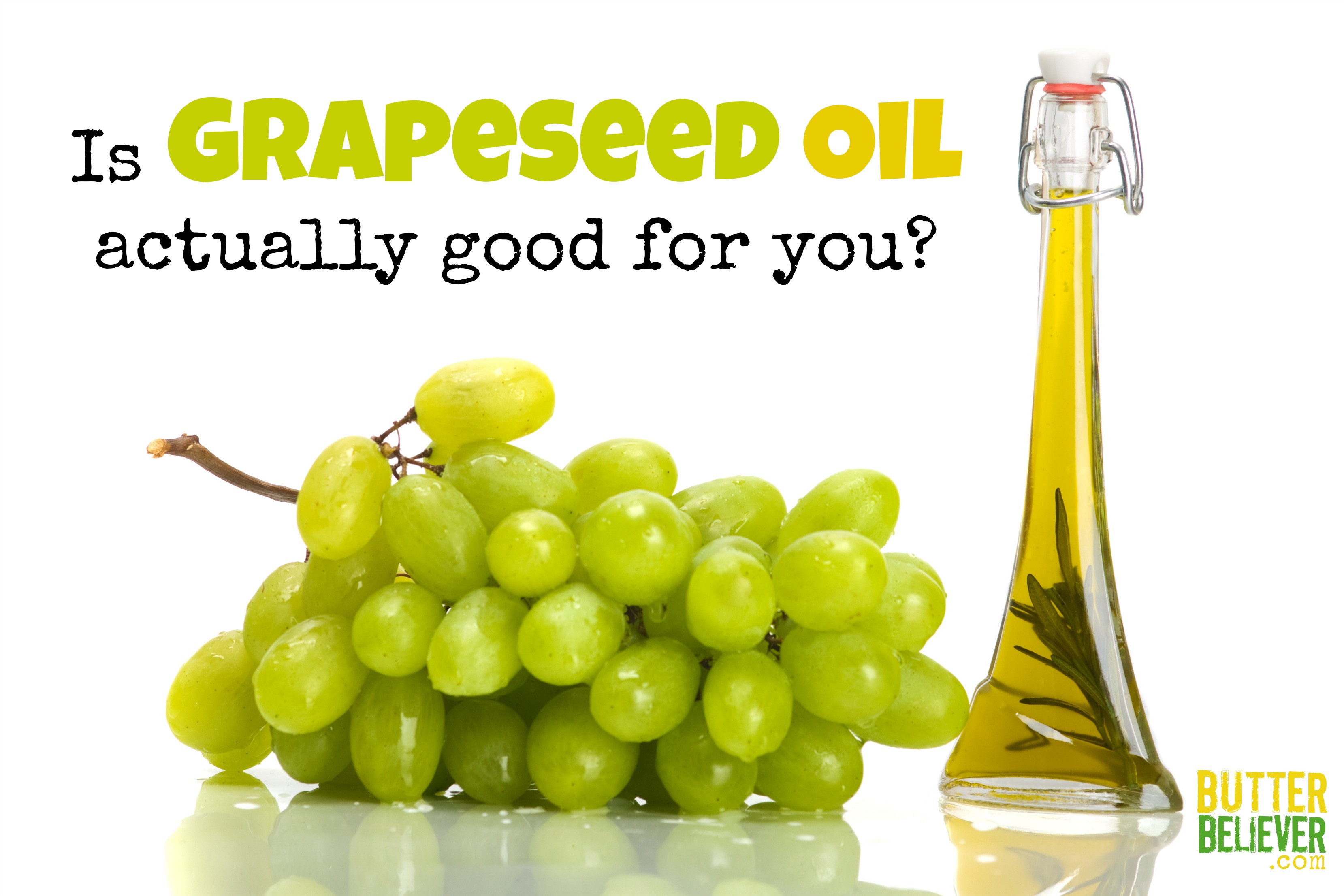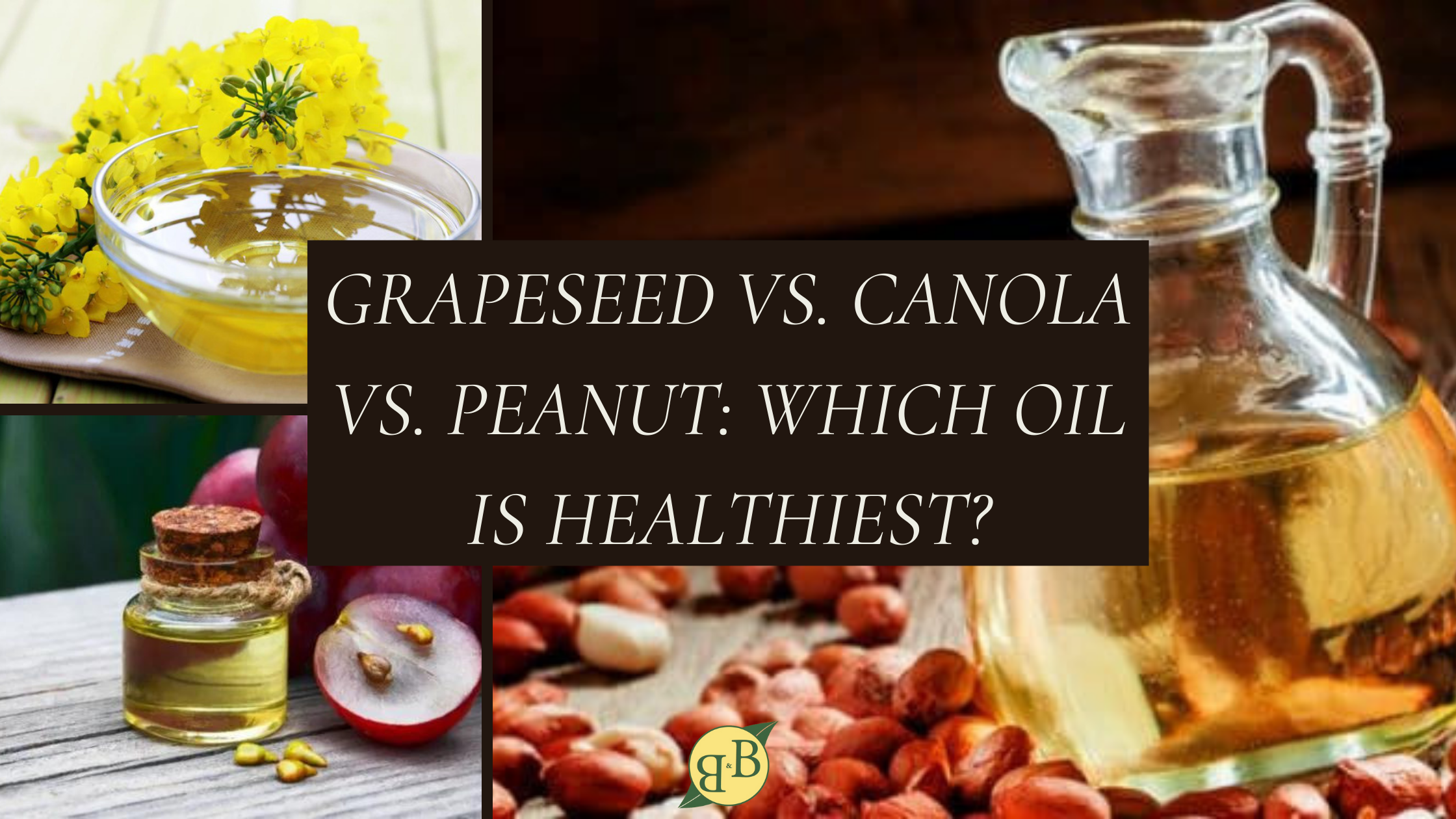Kitchen Oil Confessions
You ever get lost in the endless oil aisle at the grocery store? You know… standing there, holding a bottle in each hand, maybe peeking at a label for the tenth time (convincing yourself you can actually pronounce “polyunsaturated”), wondering if this one will finally be the answer to that healthier-you quest? Been there. Last week, actually. My cart’s full of good intentions and somewhere in there—buried between the leafy greens and “don’t-eat-me-after-9-pm” chocolate—are bottles labeled rapeseed oil and grapeseed oil. And I’m thinking, “Wait. Are these the same? Is one better? Can you even taste the difference? Why does healthy eating sometimes feel like a pop quiz I never studied for?”
If you’re nodding along, breathe easy. We’re gonna walk through this rapeseed oil vs grapeseed oil debate together—no health jargon, no guilt trips. Just real chat about what works for real humans who like meals that taste as good as they (hopefully) make us feel.
What’s Their Deal, Anyway?
Let’s Talk Plant Parents
Okay, first, a quick family tree so you can casually drop some trivia next time you’re at brunch. Rapeseed oil (sometimes rebranded as canola oil, especially in the USA and Canada—sneaky, right?)[3] comes from the bright yellow-flowered rapeseed plant. Grapeseed oil, unsurprisingly, is all about those glittery leftovers from winemaking—pressed straight from grape seeds, giving a wink to their wine-country roots[1].
So, two seeds, two totally separate plants. If you’ve ever heard “canola” and “rapeseed” confused, you’re not crazy—especially if you find yourself deep into ingredient lists. For all the science-y details (and honestly, to unravel the whole naming mess), check out this deep dive: Rapeseed oil vs canola oil.

Mini Story Time
A little aside? I have a friend who bakes gorgeous cakes for farmer’s markets. When the pandemic hit, she started making homemade wine and—no joke—ended up with more grape seeds than she could compost. Grapeseed oil became her salad hero. Seriously, who knew leftovers could taste that good?
What Do They Taste Like?
Subtle, Snacky, or… Meh?
If you’re like me and accidentally dump oil straight into a sauté pan without sniffing, you might never notice much taste difference at all. Rapeseed oil’s charm is its blandness. It’s neutral—so neutral you could use it in a dessert and your grandma’s special fried chicken without raising an eyebrow[6]. Grapeseed oil, though? Still subtle, but with just a sneaky hint of nutty. Almost like it wants to be noticed in dressings, but doesn’t want to sing lead vocals.
Side Note—Anecdote Incoming
Once, I swapped grapeseed for rapeseed in my banana bread. My husband, Mr. “Food-is-just-fuel,” actually asked, “Did you change something?” So, yeah. Even the flavor-blind sometimes catch these things.
Smoke Points and Hot Messes
Which One Won’t Burn the House Down?
Here’s where the kitchen nerds (yes, I’m outing myself here) really get into it. Grapeseed oil usually clocks a slightly higher smoke point—around 421°F[1], while rapeseed oil hangs out close behind, around 400°F. So, what’s that mean? Both are fine for sautéing, quick frying, and even that “I-turned-up-the-heat-just-a-teensy-bit-too-much” moment, but grapeseed technically lets you push things a touch further before things get smoky—or, well, stinky[1].
Showdown Table
| Feature | Rapeseed Oil | Grapeseed Oil |
|---|---|---|
| Source Plant | Rapeseed (mustard family) | Grape seeds (winemaking by-product) |
| Smoke Point (°F) | ~400 | ~421 |
| Taste | Neutral | Light, nutty |
| Main Fat Type | Monounsaturated & some omega-3 | Mostly polyunsaturated (omega-6) |
| Best For | Frying, baking, roasting | Dressings, sautés, high-heat |
Let’s Get to the Heart of the Matter (Health!)
Real Talk: Will My Heart Thank Me?
Every few years there’s a new “super oil,” and the rest suddenly become “bad for you.” I remember reading a headline about canola oil being healthy one day and “run from it!” the next. So, what’s up with rapeseed oil vs grapeseed oil for health?
Rapeseed oil is a nutritionist favorite for all kinds of reasons—its balance of omega-3 (the good-for-you kind) and omega-6 fats is actually pretty solid for supporting heart health[6]. The monounsaturated fats in there? Gold for keeping cholesterol in check. In contrast, grapeseed oil has a lot (and I mean a lot) of polyunsaturated fats—mainly omega-6. Too much omega-6 and too little omega-3 is where diet gets fussy. Lots of omega-6 can sometimes stir up inflammation if you’re not balancing things out elsewhere.
A Quick Reality Check
I went all-in on grapeseed oil once. For weeks—salads only. My cholesterol ticked down (win!), my skin started glowing (bonus!), but my doctor raised an eyebrow. “Don’t forget balance,” she said. Her tip: rotate oils, mix it up, keep life interesting on your plate and in your body. Wise words. (And no, she doesn’t own stock in any seed farms.)
If you want to really dig into the spooky articles and get the scoop on canola/rapeseed oil’s supposed dangers, take a look at Why is rapeseed oil bad for you. Turns out, a lot of old myths are, well, just old. Modern culinary rapeseed oil is low in the “bad” stuff like erucic acid and is considered safe for regular cooking[3][6].
Also—there’s this whole thing about canola vs. rapeseed oil really just being different names for the same plant after some quality control. Still confused? Don’t worry: rapeseed oil vs canola oil breaks it down without the science headache.

Which Should You Grab for Cooking?
Dressing, Frying, or Baking?
If rapeseed oil’s claim to fame is neutrality, then grapeseed oil is the flirty cousin who appears when things get fancy. Let’s get practical:
- Baking: Go with rapeseed (a.k.a. canola) if you want pure, moist texture and zero added flavors messing up grandma’s recipes. I swear by it for brownies and muffins—the texture wins, every time.
- Frying/Sautéing: Both will hold their ground at high heat, but grapeseed’s higher smoke point shines for serious pan action. If you like your veggies charred and your hash browns crispy? Give it a whirl.
- Salad Dressings: Grapeseed comes to play. That slight nutty note makes a vinaigrette taste, well, fancier. Mix it with a splash of balsamic and some cracked black pepper. You may never go back.
For curious chefs who want to swap and taste-test: try grapeseed for a week, then switch to rapeseed, and see if your taste buds clue you in. Cooking is supposed to be fun—make it an experiment!
Story Time: The Great Kitchen Swap
Last winter, I ran out of olive oil and my trusty canola (rapeseed) bottle stared at me. I tossed together a lemon-rapeseed vinaigrette with herbs—honestly, I didn’t expect much. But my picky teenager devoured her salad. So, yeah, maybe the oil doesn’t matter as much as the seasoning, but your wallet and your heart will notice the swap.
All About Labels, Prices, Myths
So… Is Cheap Okay?
You see that “cold-pressed” label and suddenly the three-dollar bottle looks suspect compared to the twelve-dollar one. Look—I get the temptation to go premium, but here’s the inside scoop:
- Refined rapeseed (canola) oil is fine for cooking—even budget bottles are usually tested and safe[6]. If you want more omega-3, check labels or go for specialty blends.
- Grapeseed oil costs more because… well, grapes! But there’s no need to splurge if you’re using it fast. Save the fancy imported stuff for raw uses where flavor shines. Your steaks won’t notice the difference, promise.
Still torn? Spin through this breakdown: rapeseed oil vs canola oil. Honestly, sometimes the store brands are identical—just different labels. Life’s too short to stress about the tiny stuff.
Comparing the Big Stuff (Nutrition Quickie)
| Per Tbsp | Rapeseed Oil | Grapeseed Oil |
|---|---|---|
| Calories | ~120 | ~120 |
| Fat | 14g (mostly mono/omega-3) | 14g (mostly poly/omega-6) |
| Antioxidants | Moderate (vitamin E) | Higher (from grape compounds) |
| Budget | Easy on the wallet | Splurge for special uses |

What’s the Bottom Line?
This all boils down to one big question: What matters most to you? Cooking bold-flavored dinners every night, or stretching your grocery dollars? After years of obsessing over tiny differences, I’ve realized that sometimes… it just doesn’t matter as much as we imagine. Heart health is about all the small choices, not one magic oil. Switch it up, play around, don’t get too serious. Maybe snag both a bottle of rapeseed and a splash of grapeseed and see what fits your vibe.
If you’re a label reader, don’t forget to check out Why is rapeseed oil bad for you and the myth-busting on rapeseed oil vs canola oil. The more you know, the less those internet rumors can scare you away from real food!
Okay—now I want to know: what’s your go-to oil? Any childhood recipes that just taste “off” without the family favorite? Or—on the flip side—have you been surprised when switching it up? Drop a comment or just experiment at home tonight. At the end of the day, the best oil is the one you’ll actually use… and enjoy. Here’s to happy, healthy, messy, delicious eating. Cheers!


















Leave a Reply
You must be logged in to post a comment.